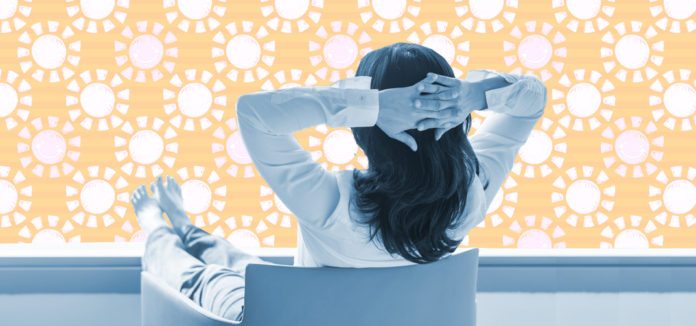Since before Claire and Phil on Modern Family, the fictional romances of TV have influenced the very real relationships in our lives. As captivating as those small screen marriages may be, is that such a good thing? Researchers at Albion College think not.
In a study conducted to understand TV and its effect on relationships, married individuals were surveyed about relationship expectations, happiness and commitment, as well as their television habits. The survey also asked whether subjects agreed with statements like “Television presents relationships as they really are in life,” and “Television helps me understand what I can expect from relationships.” The participants who strongly agreed with those statements, and those people who regularly watched TV portrayals of romantic relationships, expressed more dissatisfaction with their marriages.
Dr. Jeremy Osborn, who conducted the study said:
We live in a society that perpetually immerses itself in media images from both TV and the web, but most people have no sense of the ways those images are impacting them.
Referencing some of TV’s most popular shows, from Modern Family to The Bachelor, and films like Twilight and The Notebook, Osborn discovered that, naturally, people compared their own relationships to the fictional ones:
Television basically becomes another influence on your expectations.
The participants indicated that the more they “believed” in TV romance, the more they thought of their relationship in terms of its “costs,” such as the amount of time they spent on a relationship, or the ways they could find a partner unattractive.
A strong and stable relationship requires a commitment that is rare in television depictions, and love takes a presence of self and mind that is difficult to cultivate when the TV is on all the time. Not that curling up on the couch with your loved one and some entertainment is all bad. We just owe it to ourselves and our partners to realize where the escapes of fiction end and the reality of our real lives begins.
I wish you all the best,
Dr. Samantha Boardman







